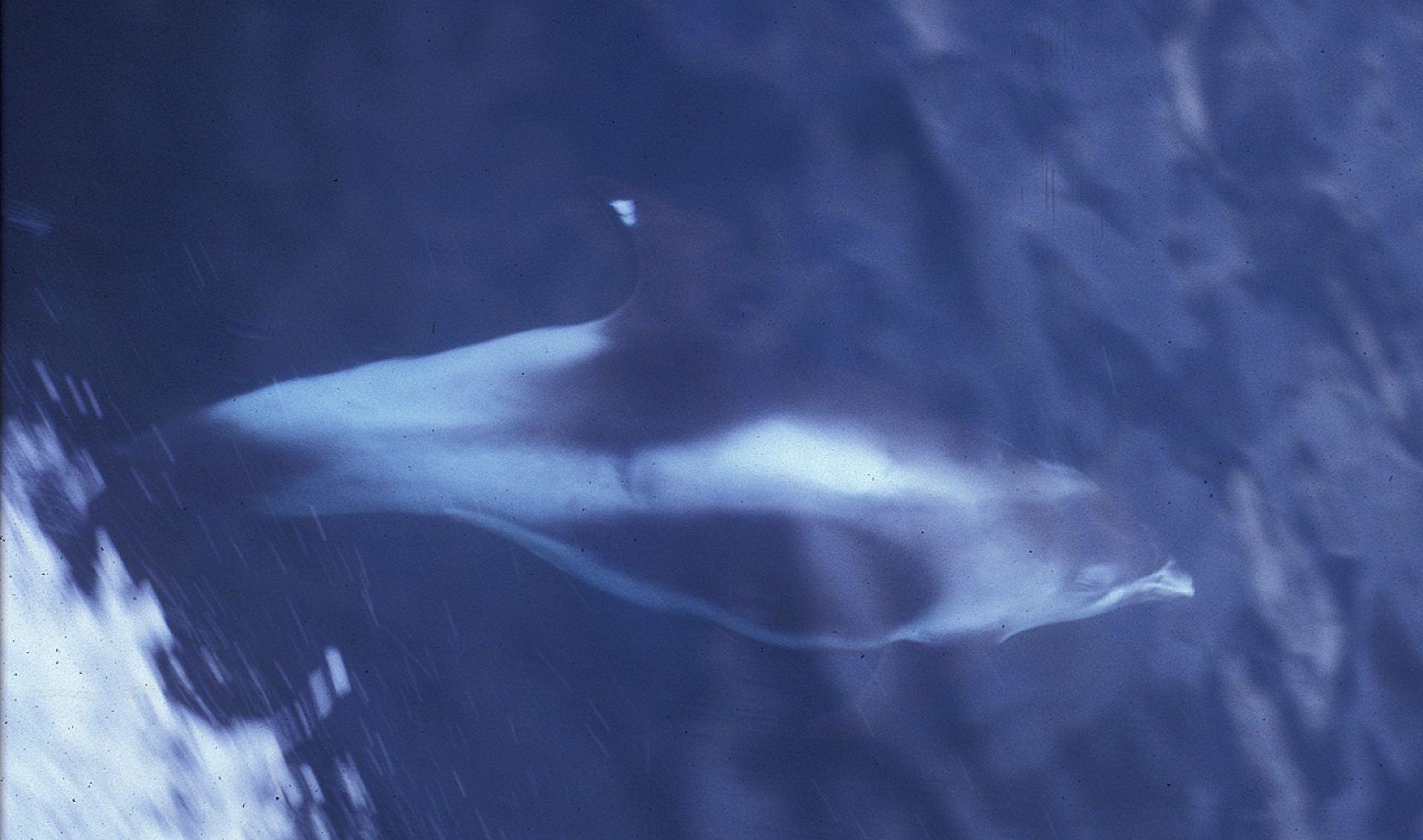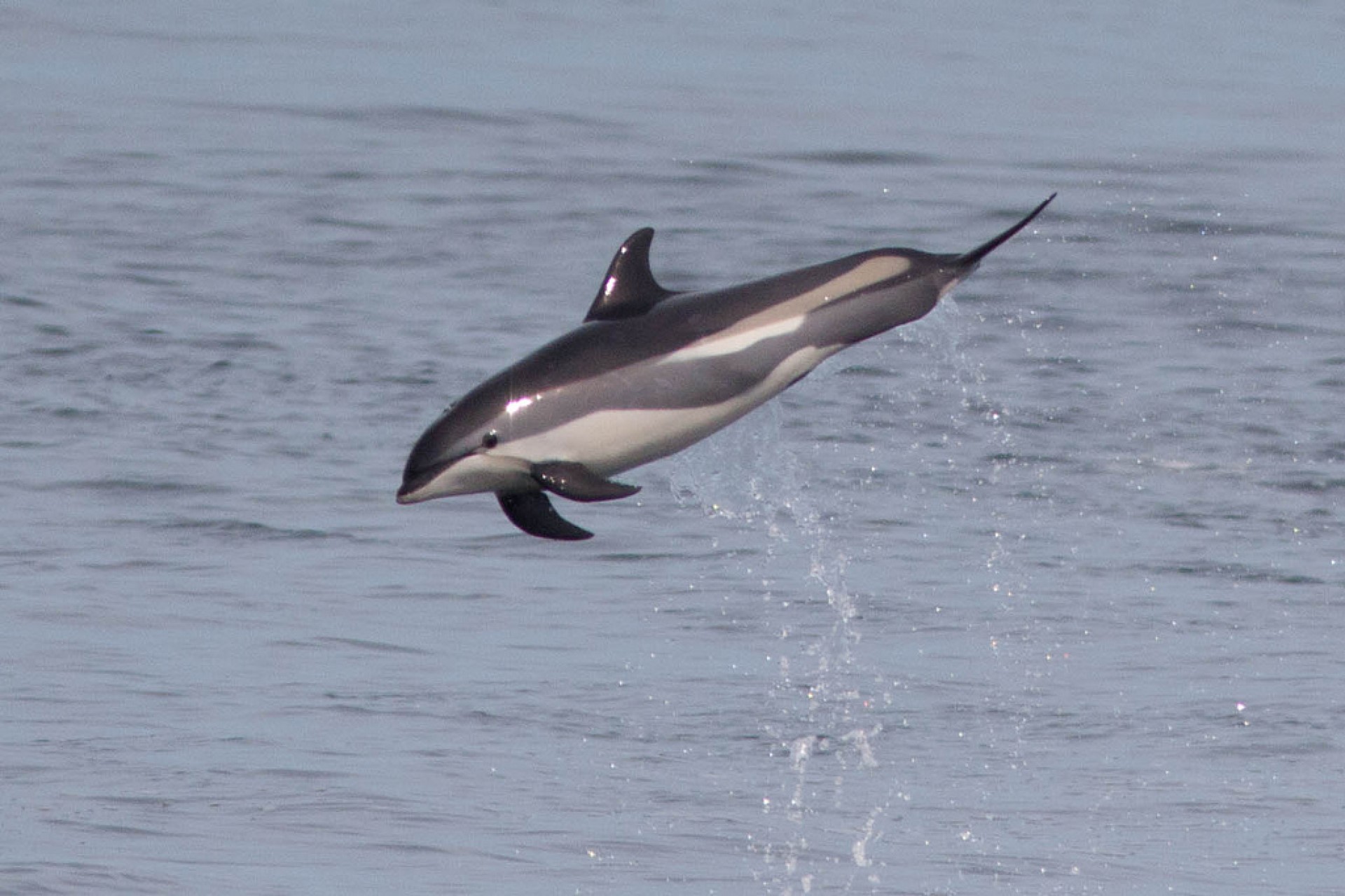
White beaked dolphin
The white-beaked dolphin is a marine mammal belonging
to the family Delphinidae (oceanic dolphins) in the sub order Odontoceti (toothed whales). Their distribution is shown in the map.
The white-beaked dolphin is endemic to the cold temperate and subarctic waters of the North Atlantic Ocean, most commonly in seas less than 1,000 m (3,300 ft) deep. Due to the fact they are not fully adapted to Arctic conditions, they are more vulnerable to predators, most notably polar bears. Within this wider region, white-beaked dolphins are most commonly found in four locales: on the Labrador Shelf close to southwestern Greenland, around Iceland, off the northern and eastern coasts of Britain, and off the coast of Norway. In the Faroe Islands between Iceland and the United Kingdom the White-beaked dolphin is at risk of being hunted during drive catches of the long-finned pilot whales. They may also be incidentally trapped in the purse-sein and trawl nets of the area. There are no recognised subspecies.
The dolphin may easily be misidentified as the Atlantic white-sided dolphin, although the white-beaked is commonly found further north. The white-beaked dolphin is also typically larger, and does not have yellow streaks on its side.
Below is a video (no sound) of them filmed under water off the coast of the UK. Northern parts of the UK have populations, including Lyme bay and areas around the hebrides.
They are thought to number 100,000, so are listed as least concern.

